Project Proposal
The goal of project 3 is to let you work on a VR or AR project
of your own
choice, subject to Andy's approval.
This could be a creating VR project in CAVE2 or the VIVE or the Quest, a new Unity app for the HoloLens, using Voforia or ARtoolkit to create an app for a smartphone or tablet, trying out apple's ARkit or google's OpenAR, etc. You could tie into fitbit or other body tracking software and have that drive VR or AR objects. You can create an AR app that runs outside next to ERF. You could take an existing card game like Munchkin and enhance it with AR. There is a lot of real-time data available today, so another possibility is to map that data into some kind of virtual or augmented world. You could create small game like fruit ninja in VR.
You can
combine this project with your project work in another
course but you need to be really specific what is going to
be new here, and there has to be a good reason for the VR
/ AR component.
This project description should include
- Descriptive Title
- General description of the project including why VR or AR will be beneficial here
- Which hardware platform or platforms you want to develop your application for
- What software you plan to use to write the application
- Links to any datasets or libraries or archives of images or objects that you plan to use
Once you have your proposal ready you should then email the location of that web page to andy. I will then make links to all those projects available on the class web pages so everyone can see what everyone else is doing. Once andy approves of your project you move onto the implementation phase. Ideally people will spread out over the various hardware platforms but if there are too many requests to use the same hardware then the groups that get their proposals in first will have priority.
- extend the idea of Project 1 to be a kind of AR (or VR) Cliff's Notes pop-up version of a book, where you take the story of the book, break it down into n pages / scenes each with a 1 sentence description of what happens and an animated scene, so people get the high level content of the book played out for them. A variation on this would be to take a simple science textbook and augment a series of pages to improve the lessons.
- in Vuforia you can use a physical 3D model as a target and enhance it with additional data / models / media to learn more about that thing
- in Vuforia you could take an actual physical map of Brookfield Zoo or the Field Museum or a US state and have different parts of it come to life to advertise themselves (Come visit the biggest ball of twine).
- create an app for iOS or Android making use of their ability to find surfaces (like the NASA AR app shown in week 1)
- create a 3D menu for a restaurant / bar where people can see 3D versions of the food or the drinks in life size
- create a VR scene enhanced by real objects - we have a couple additional VIVE trackers that could be attached to a chair or a table or other large object to allow it to be tracked in the VR space
- those same additional VIVE trackers could be used to track a persons feet to enable more kinds of interactions (kicking a ball for example)
How to go about it:
These days its pretty trivial to lead in a bunch of models and walk around them. Its helps if the models are really pretty, but just walking around in a virtual or augmented space gets boring pretty fast. The main focus needs to be on the user's interaction with the virtual world.
Draw storyboards -
the first thing you must generate are storyboards. Draw
pictures of the user standing in the CAVE or wearing an HMD
or carrying their phone as an AR device. Make it like a
comic book. Each panel has some action initiated by the user
or the computer, and the next panel has the response. Draw a
series of these storyboards for the common usage patterns.
They should show the flow of the experience. The storyboards
do not need to be pretty, or realistic looking. They are
there to help you organize your thoughts on the experience.
You want to mentally visualize the person interacting with
your application - where will the user have problems?
Learn by doing - the flip side of drawing storyboards, which show what you want to do, is knowing what you CAN do in a given library / language. Write small programs. Try out simple versions of your ideas quickly to see if you are on the right track. A spiral development model works much better than a waterfall model in developing VR applications.
Focus on the user - see the application from the user's point of view, not the programmer's point of view. The user doesn't see the code. The user doesn't care how clever you did something. All the user sees is the end product.
Don't forget audio - ambient sounds and/or music are a good way to create mood and increase the sense of presence. Incidental sounds are a very good way of giving the user feedback (but its usually good to give visual feedback as well)
Play to your strengths -
in the case of VR remember that you have a user who is head
and hand tracked who holds one or more wands, but has no
access to a keyboard. Create worlds where the user has
natural interactions with his/her body. Also remember that
the user has stereo visuals. Create worlds that surrounded
the user; create worlds where the user interacts with
virtual objects. in the case of AR make use of things in the
real environment, especially tables, floors, walls and other
flat surfaces.
Decide on the Physical laws - decide early whether there is gravity in your world, whether the user can fly, whether the user can walk through objects, what size the user is, how fast the user can move, etc.
Choose your preferred display platform - decide if you are writing a piece for a CAVE or a tablet or an HMD or whatever and focus on the strengths of that platform.
Test on the real display - desktop simulators are nice for testing your application but there is no substitute for regularly trying things out in a tracked full-scale 3D environment like. Interaction with a tracked hand is very difficult to simulate on the desktop. Movement speeds are hard to judge in the simulator - the speed may be very different when you are interacting on the real device.
Get lots of feedback -
Once you have something working, ask others for feedback and
LISTEN to them. Its very easy to come up with an interface
which makes complete sense to you but makes no sense to
anyone else. In most cases you are not writing the interface
for yourself, so listen to your audience, especially if they
'just don't get it".
Make sure it works - your application must not crash. No matter what the user does, your application must not crash. Its better to have less functionality that you are sure will function correctly.
Get permissions - be sure to get permissions to use anything (images, models, sounds) that you don't create yourself. Don't steal.
Create reusable modules - if you are going to continue building VR worlds / interfaces then think about making things reusable - there are many things that you will be doing over and over again so its better to write them once and reuse them.
Focus on collaboration early - if the application is going to be collaborative or may be collaborative then focus on collaboration from the start. Its difficult to make an application once it has already been created.
Turning in the Project
You will turn in your project source through gitHub.
These pages should include:
- detailed description
of how to use your application and the things you can do
with it
- links to all the
source code and any assets (models, textures) that you
used
- detailed instructions
on how to build and run your application on your chosen VR
/ AR platform
all of which should have plenty of screenshots with meaningful captions. Web pages like this can be very helpful later on in helping you build up a portfolio of your work when you start looking for a job so please put some effort into it.
You should also create a 2-3 minute YouTube video showing the use of your application including narration with decent audio quality. That video should be in a very obvious place on your main project web page. The easiest way to do this is to interact with the video in the classroom or the EVL main lab in front of the screen showing what you are seeing - this way people watching can see you interacting and what you are seeing. If you are creating an AR application for a phone or a tablet then have another person use their phone camera to take video of you doing AR with your phone so the audience can see how a person makes use of this application. You can try to narrate while interacting but you will most likely find its useful to do some editing afterwards to tighten the video up.
The web page including screen snapshots and video need to be done by the deadline so be sure to leave enough time to get that work done. Once you have your webpage done, send the URL to Andy and Sai before the deadline. I will respond to this email as your 'receipt'. I will be linking your web page to the course notes so please send me a nice representative jpg or png image of your application for the web. This should be named p3.<your_last_name>.<your_first_name>.jpg or p3.<your_last_name>.<your_first_name>.png and be roughly 1024 x 768 in size.
Presenting the Project
An important part of creating VR and AR applications is getting feedback and using it to improve your design.
We will be spending time in class for each team to show off their work. Demos are a very good idea, video may be necessary depending on your use of VR/AR. Given the number of groups, each group will have 5 minutes to present their project.
Groups
| 1 |
Michael
Ybarra Zoheb Mohammed |
link |
link git |
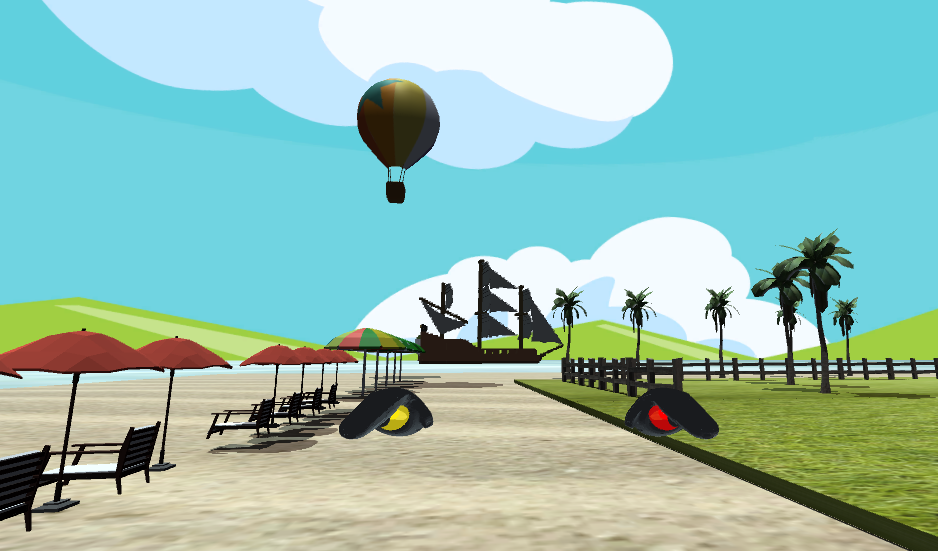 |
| 2 |
Amit
Panthi |
link |
link git |
|
| 3 |
Lucas
Cepiel |
link |
link git |
|
| 4 |
Nathan
He Yushen Li Brian De Villa |
link |
link git video |
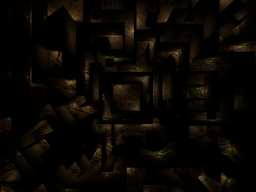 |
| 5 |
Justin
Donayre Frank Buttafuoco Mark Chen |
link |
link git |
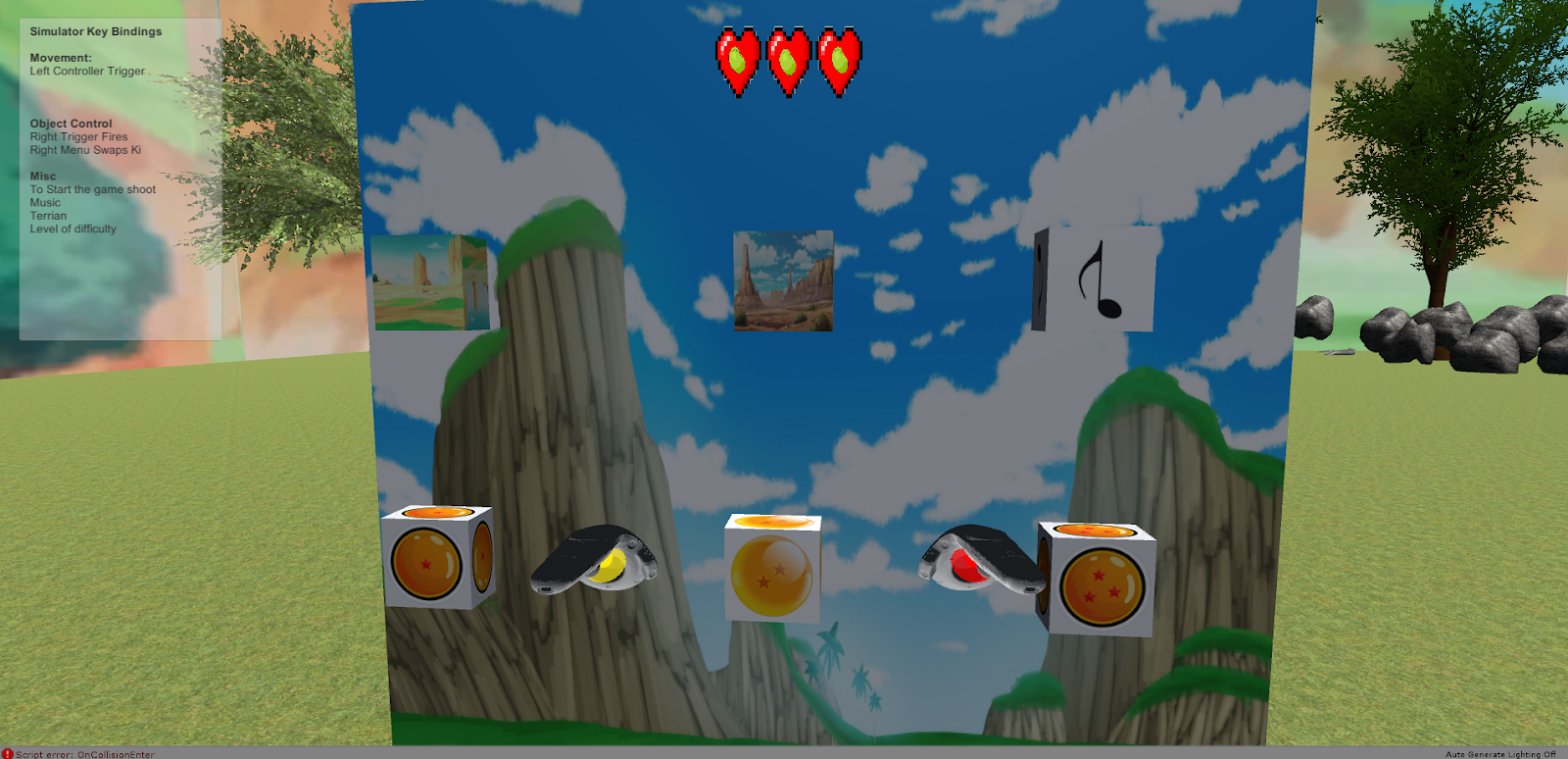
|
| 6 |
Nicole
Laczny Conrad Ptasznik |
link |
link git |
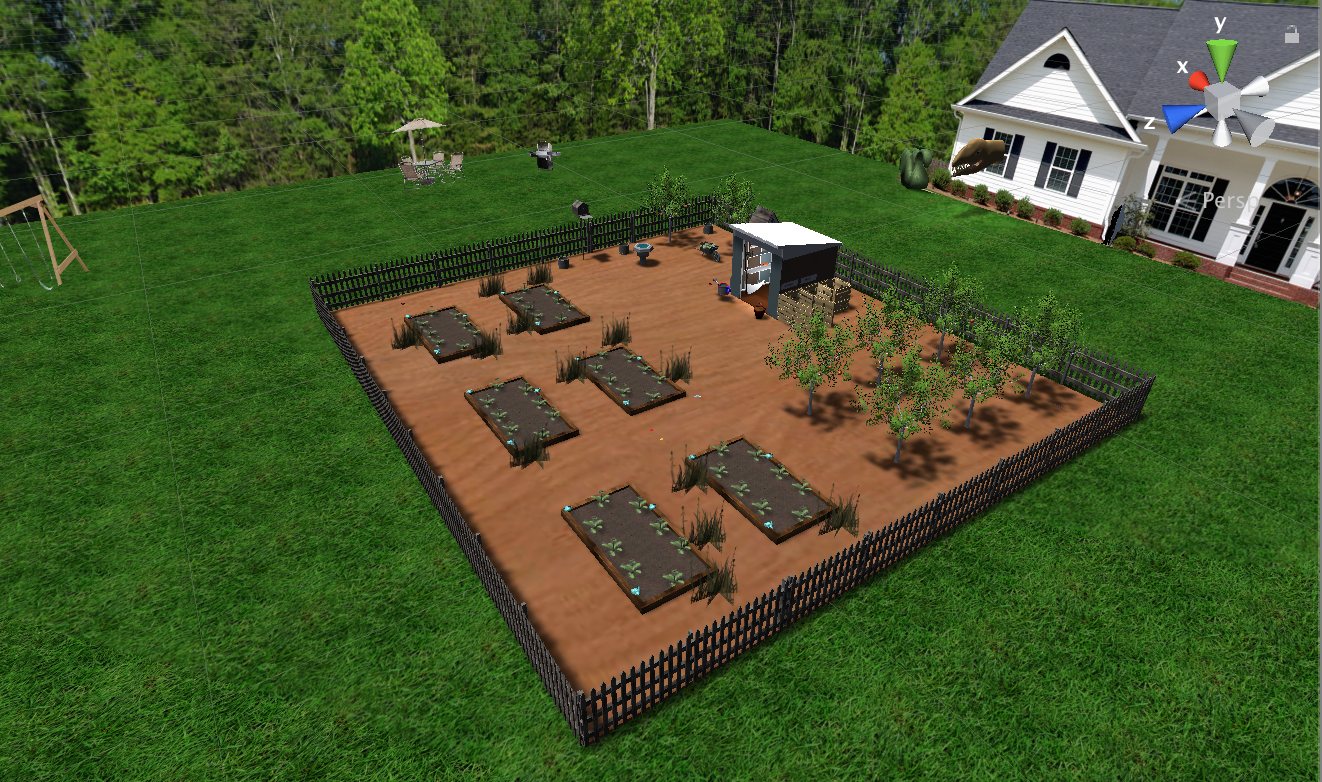 |
| 7 |
Marco
Beccarini |
link |
link git |
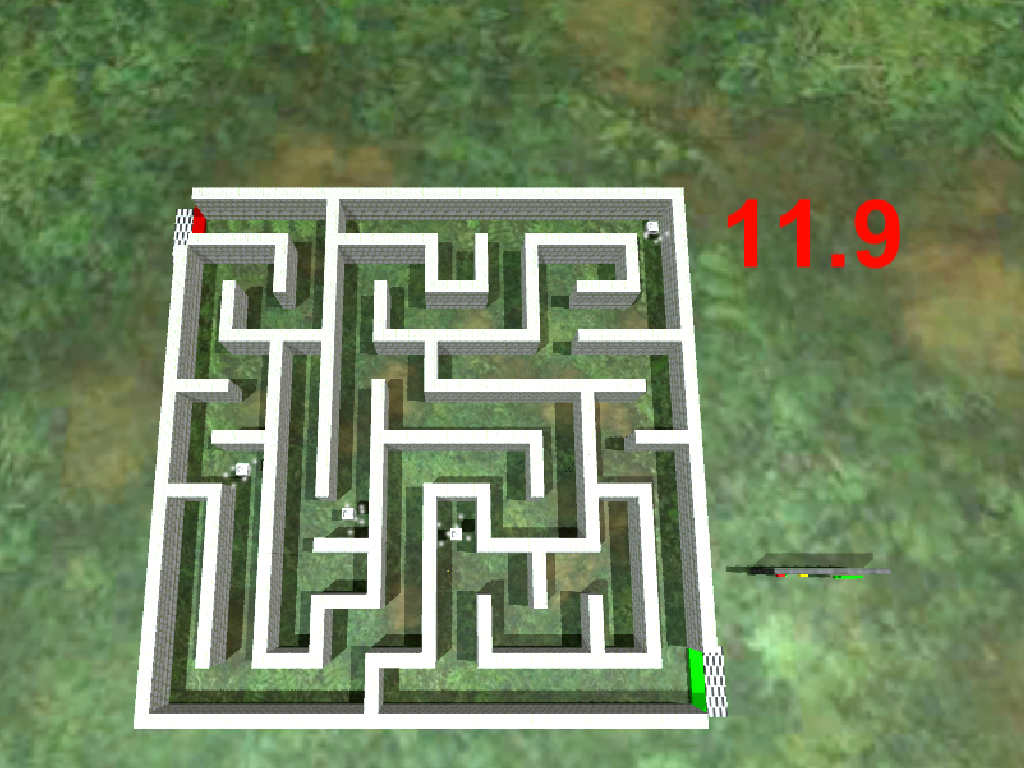 |
| 8 |
Alex
Lopez Iqra Memon |
link |
link git |
|
| 9 |
Martin
Bragiel Tim Czepizak |
link |
link git |
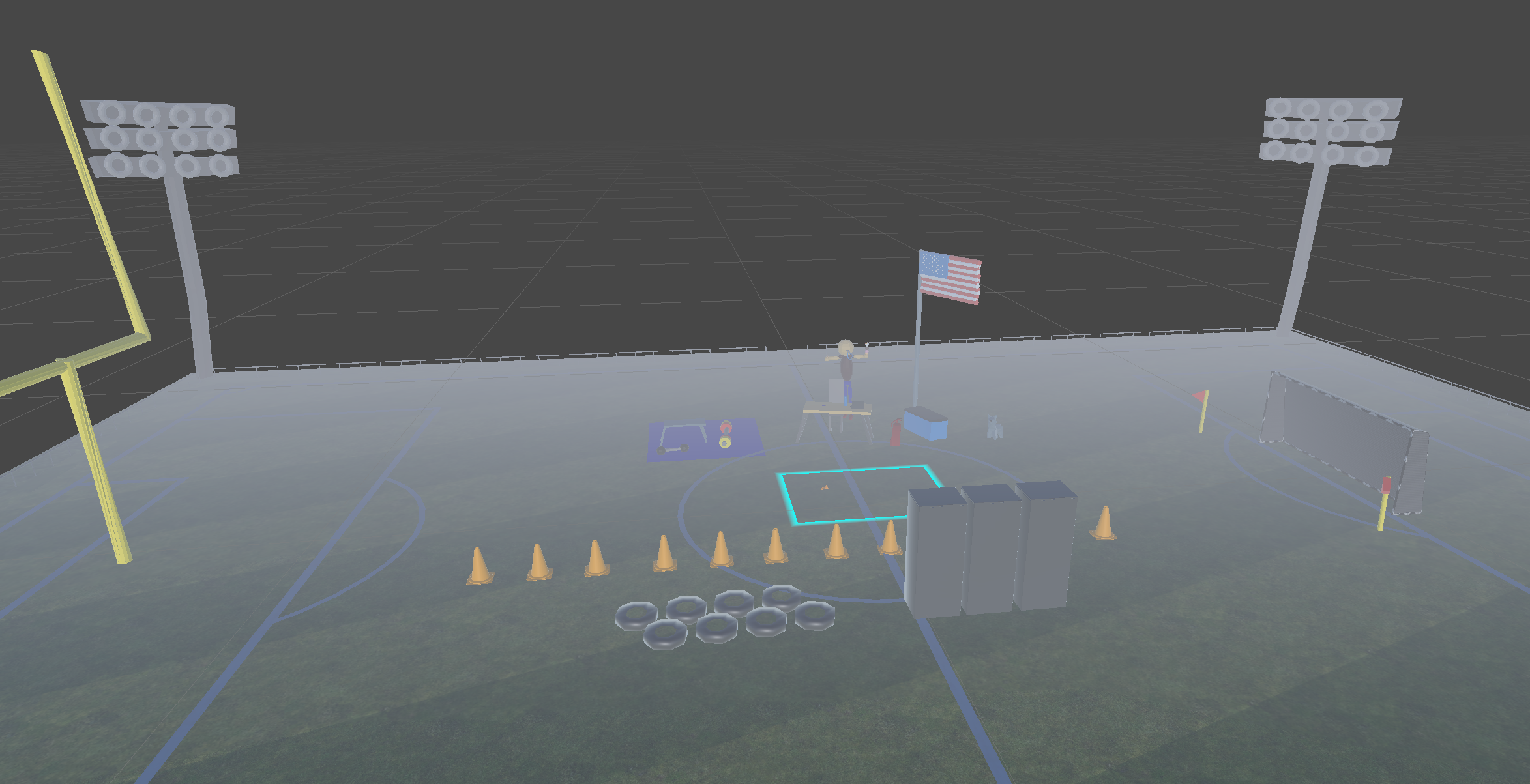 |
| 10 |
Simran
Jumani |
link |
link git |
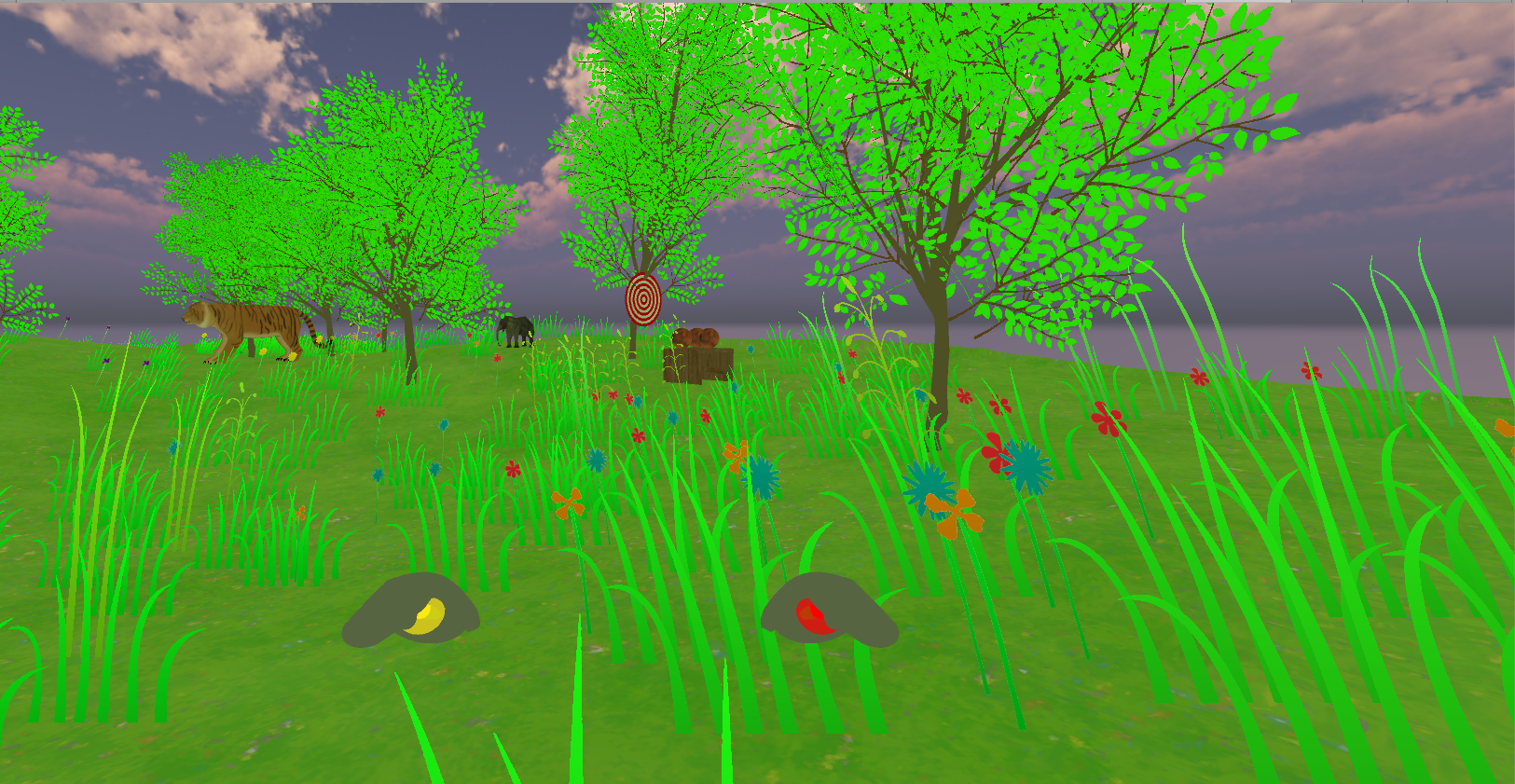 |
| 11 |
Suamaun
Vahedipour |
link |
link git |
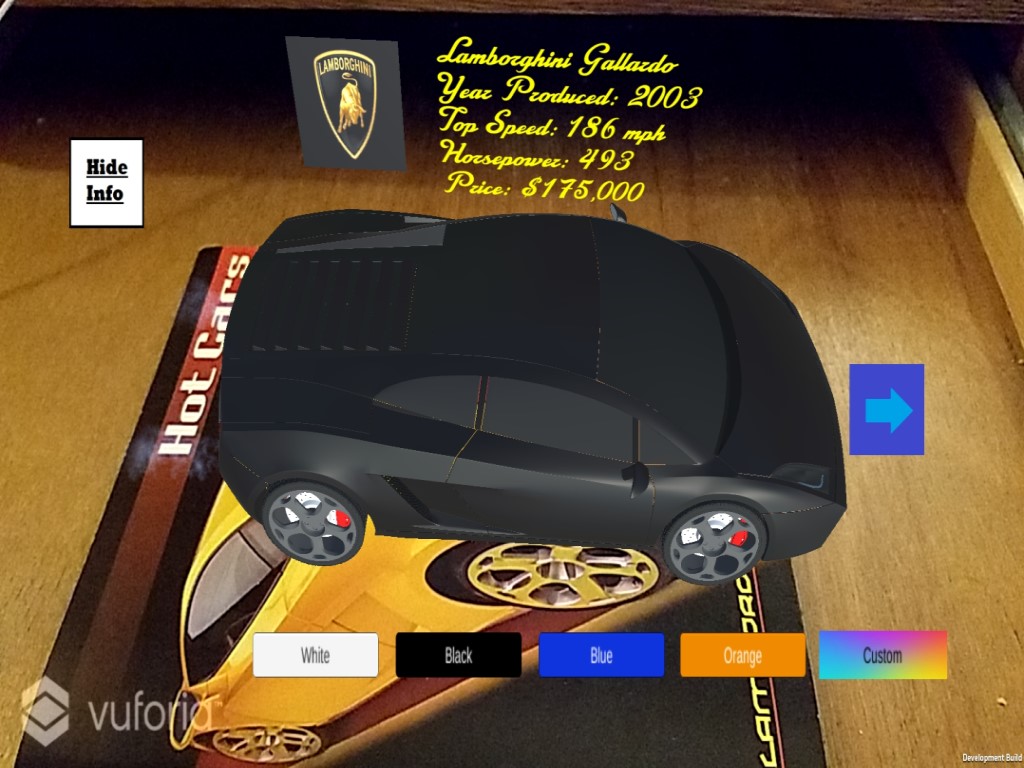
|
| 12a |
Gregory Schamberger |
link |
link git |
|
| 12b |
Elizabeth Villanueva Divay Pandey |
link |
link git |
|
| 13 |
Jake
Terhark |
link |
link git |
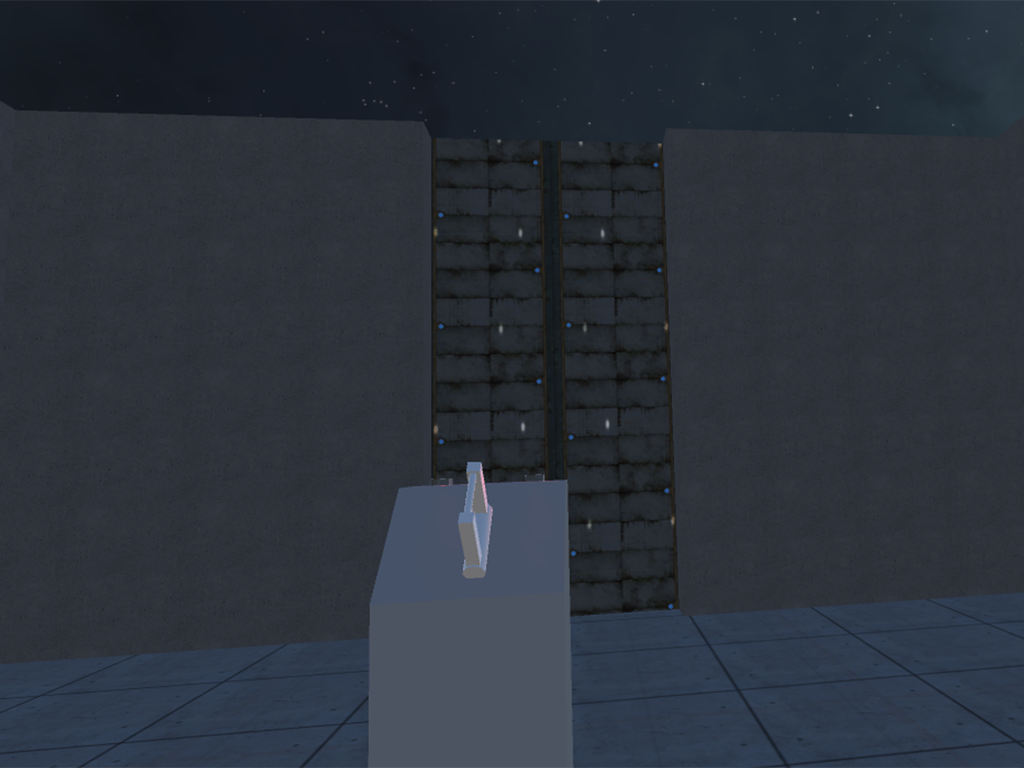 |
| 14 |
Zain
Zahran Juan Moraza |
link |
link git |
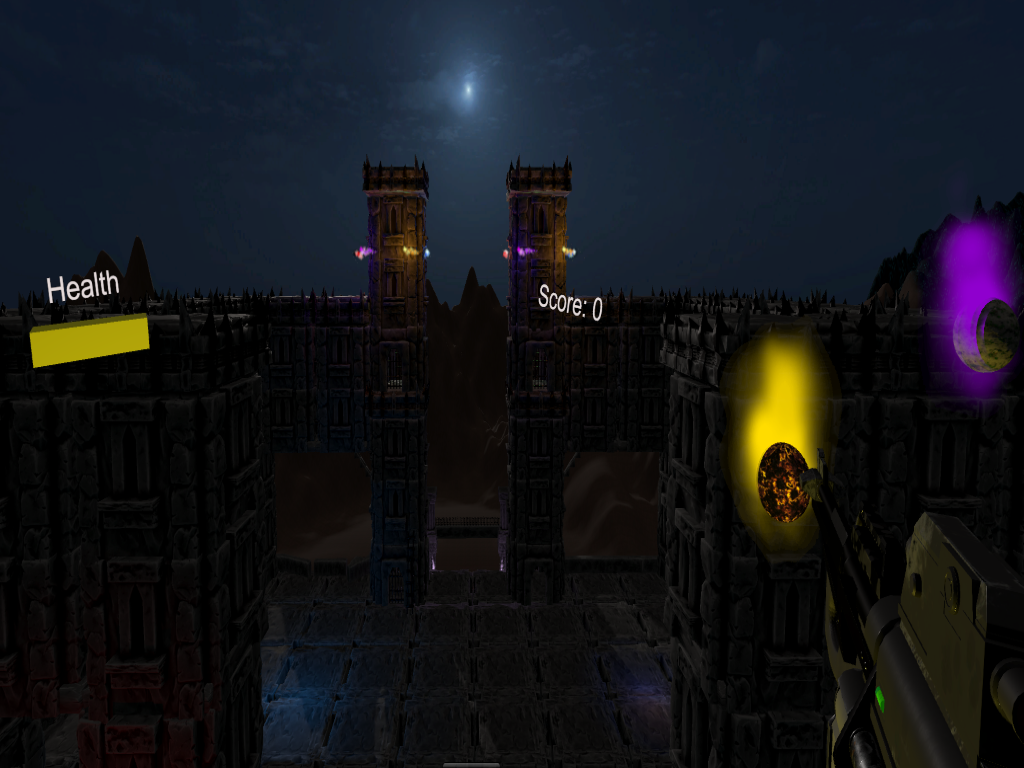 |
| 15 |
Katherine
Misyutina Aastha Saraf |
link |
link git |
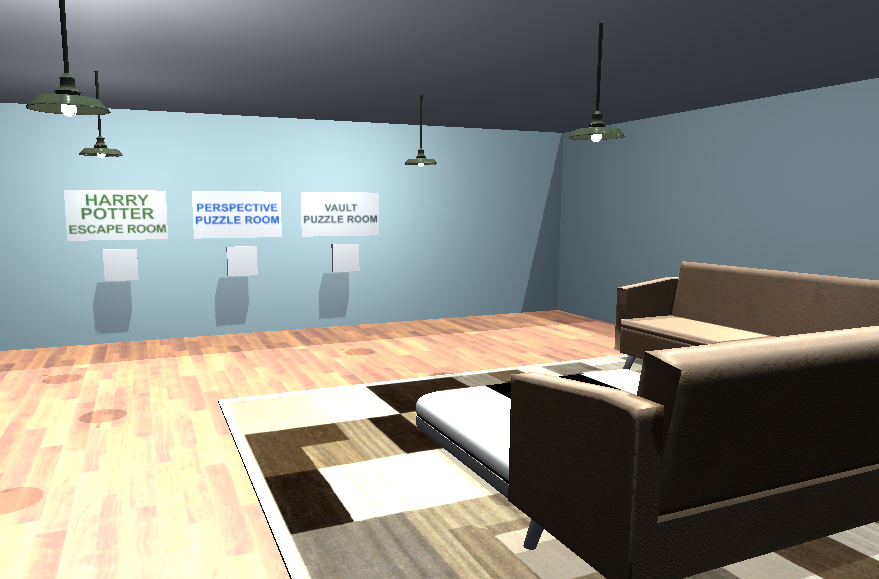 |
| 16 |
Edward
Reyes Jonel Alcasid |
link |
link git |
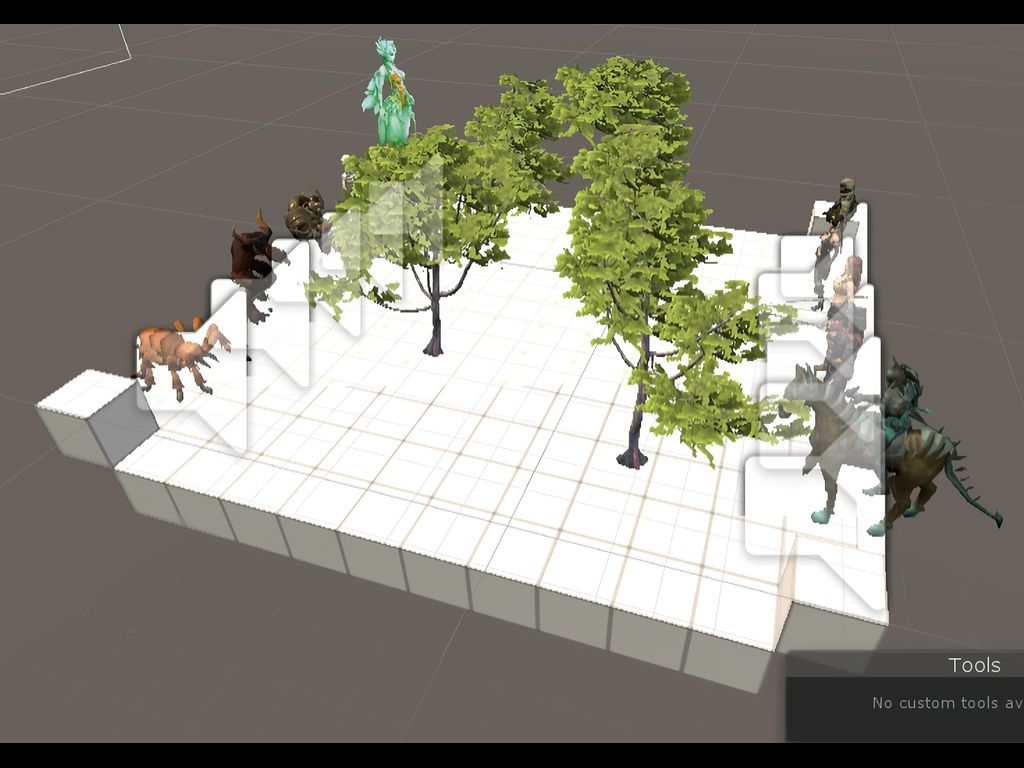 |
| 17 |
Shiva Reddy KJ Krunal Bhatt Suhan Nath |
link |
link git1 git 2 |
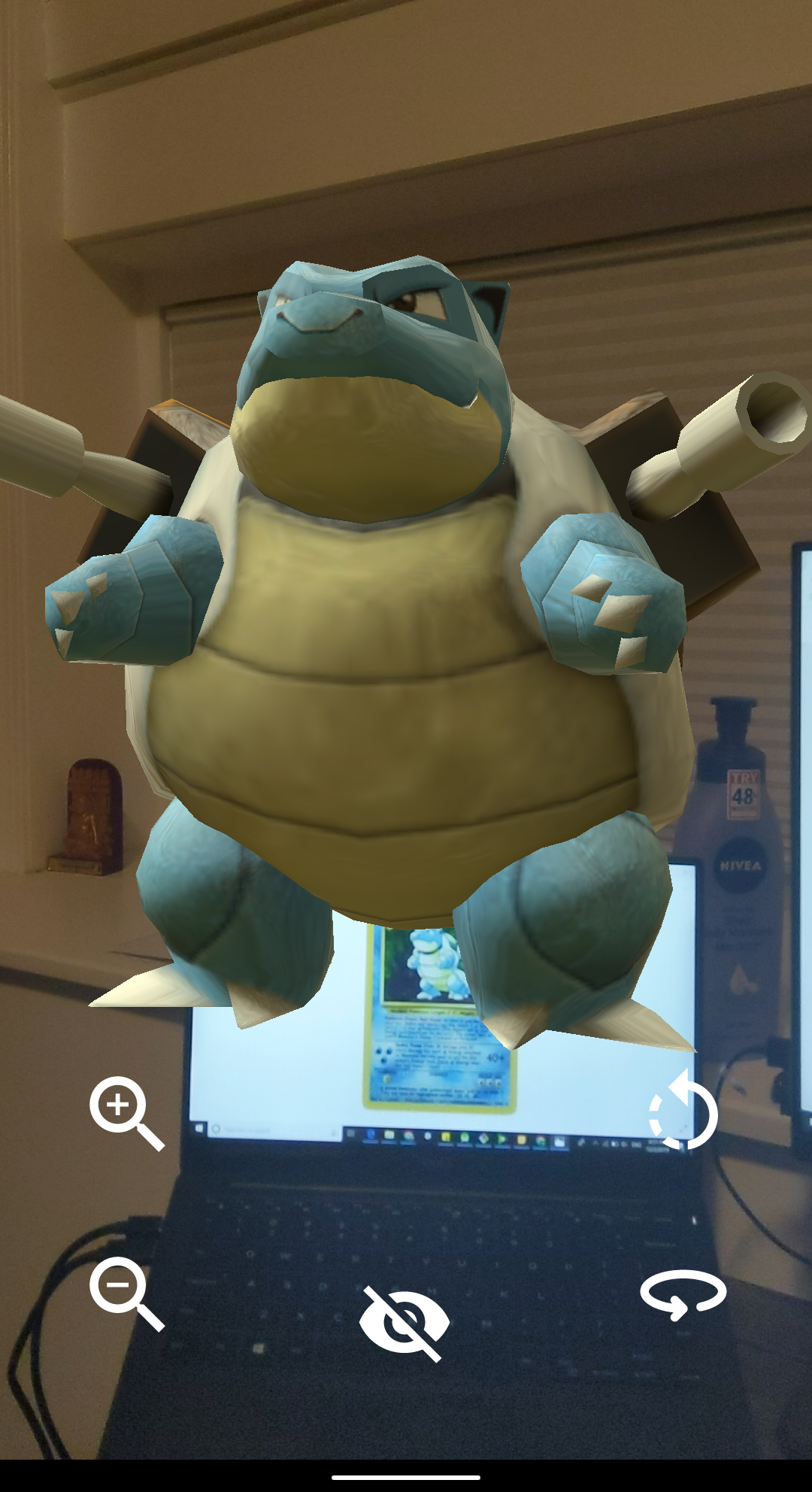 |
| 18 |
Michael
Lederer Mansur Shawabkeh Brent Yurek |
link |
link git |
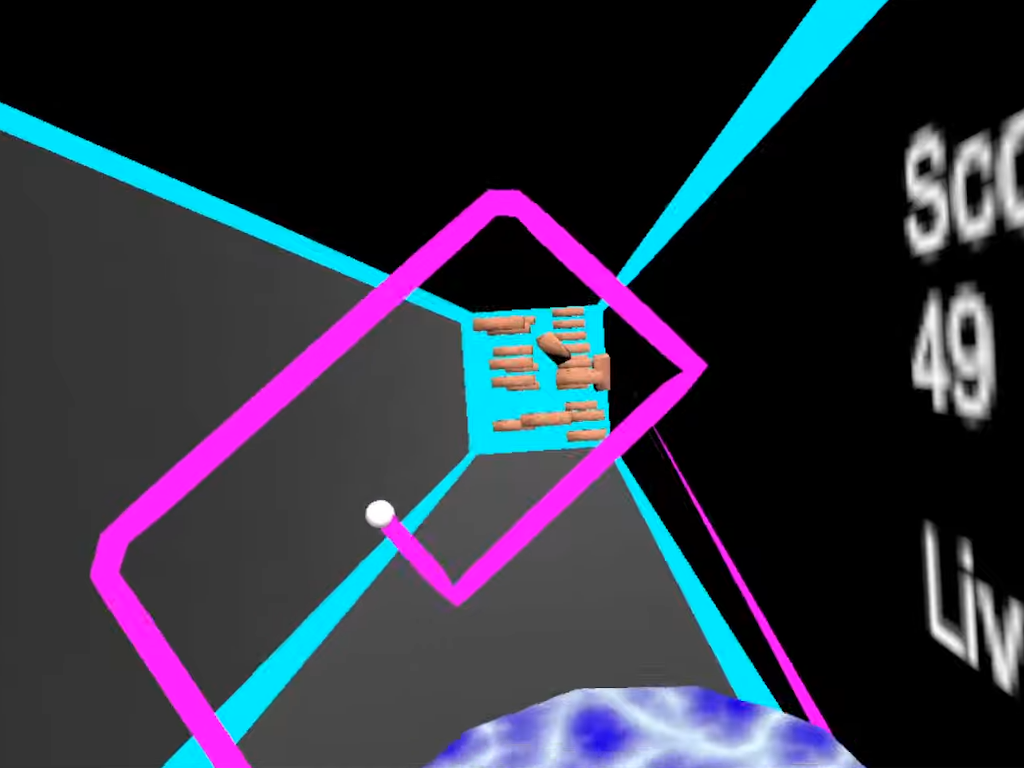 |
| 19 |
Omar
Al-Khatib James Trinh |
link |
link git |
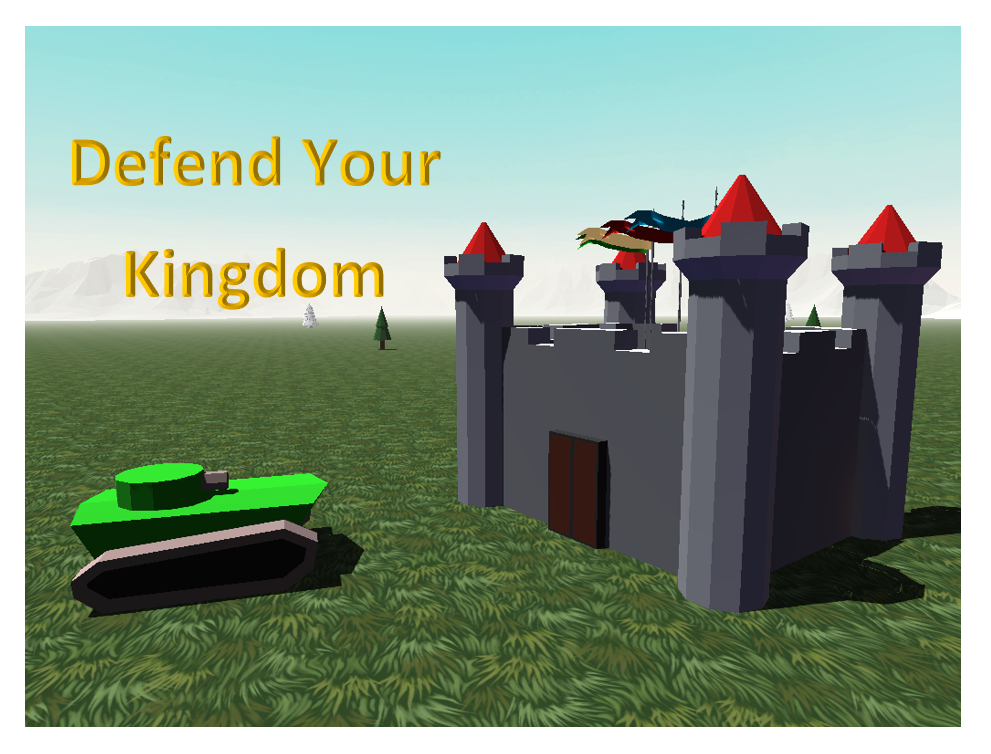 |